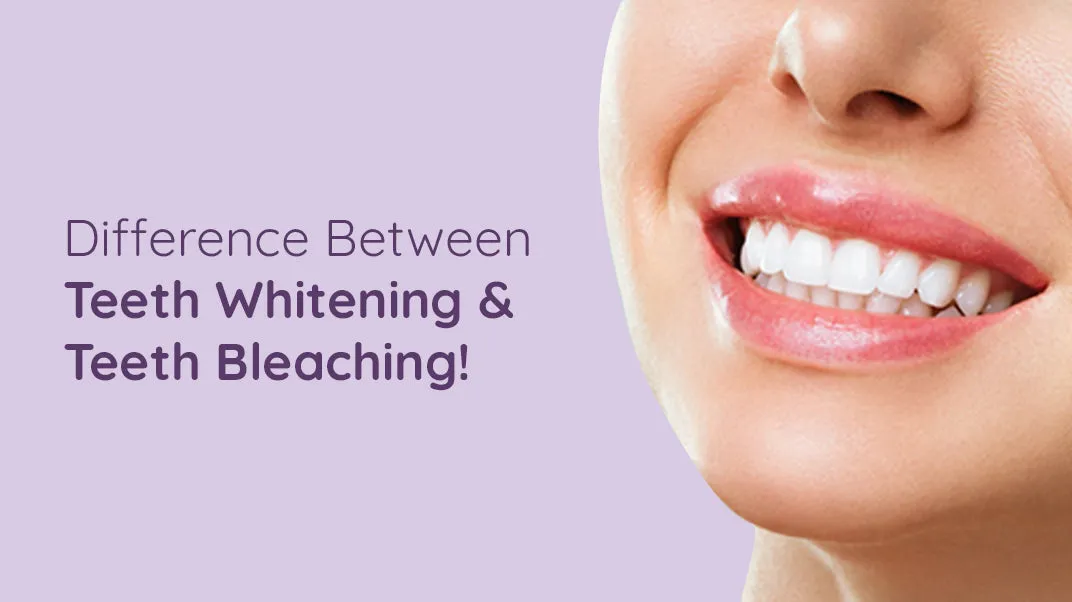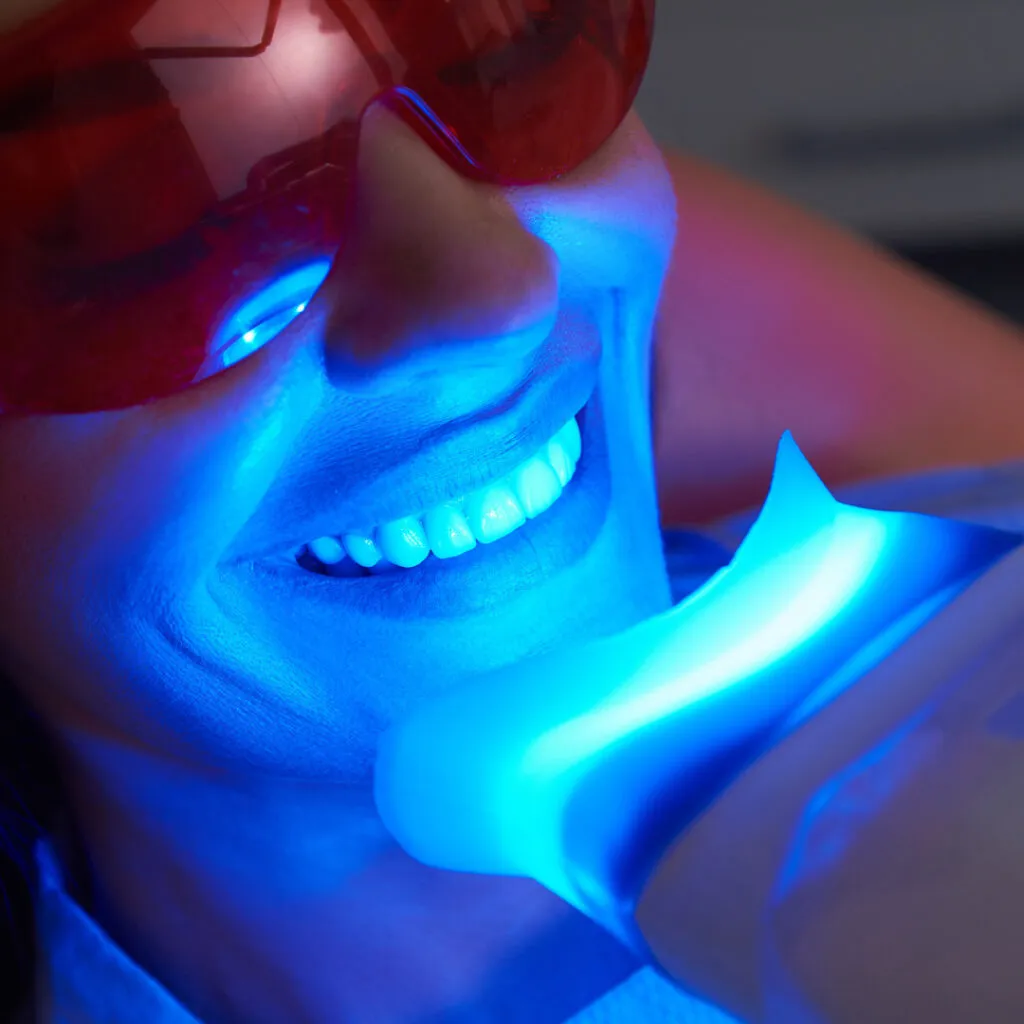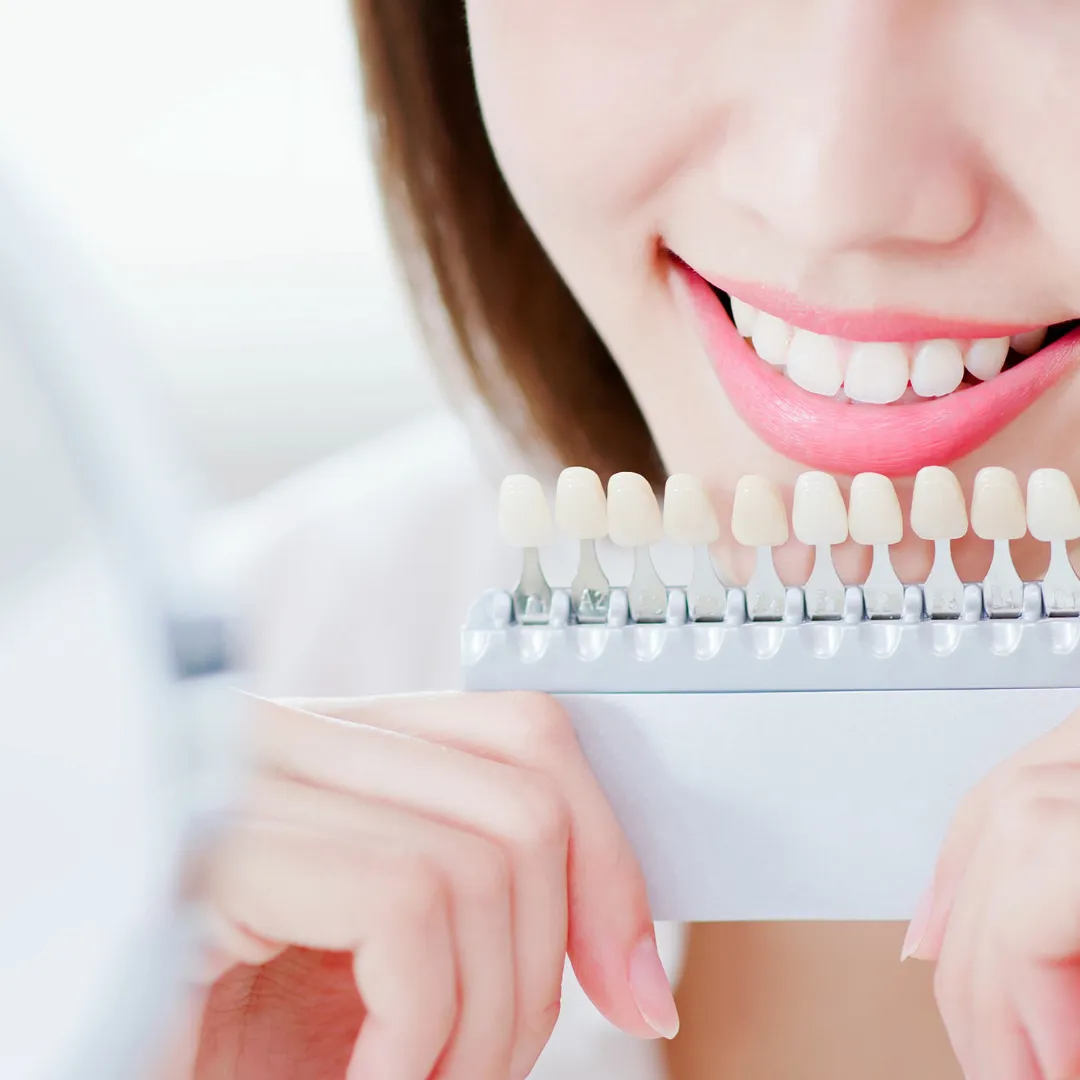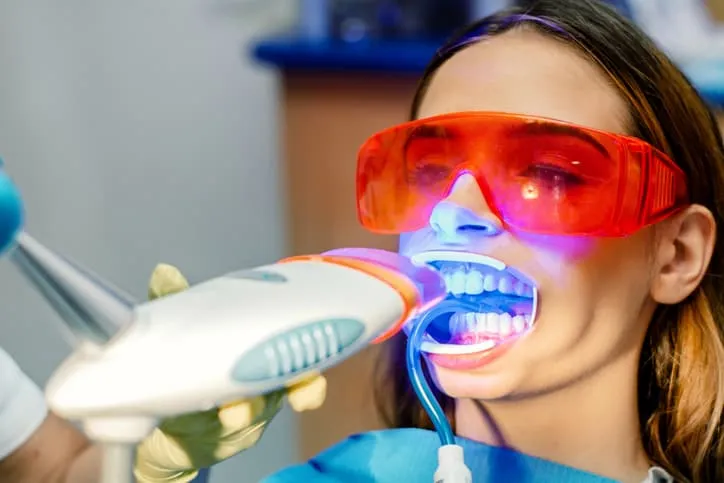Understanding Teeth Whitening vs Bleaching
The quest for a brighter smile often leads individuals to explore teeth whitening and bleaching options. While the terms are often used interchangeably, there are key distinctions between the two. Both aim to improve the color of your teeth, but they achieve this through different methods and with varying degrees of effectiveness. Understanding these differences is crucial in making an informed decision about which treatment is best suited for your specific needs and dental health. This article dives deep into the specifics, providing a clear comparison to help you navigate the world of dental aesthetics and achieve your desired smile.
What is Teeth Whitening
Teeth whitening generally refers to treatments that remove surface stains and discoloration from the teeth. This can be achieved through various methods, including over-the-counter products and professional procedures. The goal is to restore the natural color of the teeth, which may have been altered by factors such as food, beverages, smoking, or aging. Whitening products typically contain agents that help to lift stains from the enamel, leading to a brighter appearance. It’s a popular choice for those seeking a quick and accessible way to enhance their smile. The results can vary based on the severity of the stains and the type of whitening treatment used.
Over-the-counter whitening options

Over-the-counter (OTC) whitening options are readily available at drugstores and supermarkets. These include whitening toothpaste, strips, and gels. These products usually contain lower concentrations of bleaching agents like hydrogen peroxide or carbamide peroxide. Whitening toothpastes use mild abrasives to remove surface stains, while strips and gels provide more direct contact with the teeth. The effectiveness of OTC products is limited, typically providing subtle improvements over time. They are a convenient option for maintaining whiteness or addressing minor staining, but they may not produce dramatic results for heavily discolored teeth. Always follow product instructions to avoid potential side effects like gum irritation.
Professional whitening options
Professional teeth whitening, performed by a dentist, offers more potent and effective solutions. Dentists can use higher concentrations of bleaching agents, ensuring faster and more significant results. In-office whitening procedures often involve isolating the gums and using a special light or laser to activate the bleaching agent. Custom-fitted trays for at-home whitening are also available through a dentist. These trays ensure the whitening agent contacts the teeth evenly. Professional treatments provide controlled and safe methods for achieving noticeable results quickly. They are suitable for addressing a wider range of stains and are supervised by a dental professional. This minimizes the risk of side effects and maximizes the whitening outcome.
What is Teeth Bleaching
Teeth bleaching, on the other hand, is a more specific term, generally implying a deeper level of whitening that goes beyond just removing surface stains. Bleaching treatments use stronger concentrations of bleaching agents, such as hydrogen peroxide or carbamide peroxide, to penetrate the enamel and dentin of the teeth. This process oxidizes the stain molecules, breaking them down and resulting in a significantly lighter shade. Bleaching can effectively address both surface stains and intrinsic discoloration, such as that caused by aging, genetics, or certain medications. Bleaching often involves professional dental procedures or at-home kits with stronger formulations compared to standard whitening products. The process can lead to a more dramatic change in the color of the teeth.
In-office bleaching

In-office bleaching is a procedure performed by a dentist in the clinic. It involves applying a high-concentration bleaching agent to the teeth. The dentist usually protects the gums and uses a special light or laser to activate the bleaching agent, accelerating the whitening process. This method offers immediate results, with teeth often becoming several shades lighter in a single session. In-office bleaching is ideal for individuals seeking a quick and dramatic transformation. The dentist carefully monitors the process to ensure safety and minimize potential sensitivity. The results can last for several months to a year, depending on the patient’s habits and lifestyle.
At-home bleaching kits
At-home bleaching kits typically involve custom-fitted trays provided by a dentist. These trays are filled with a bleaching gel and worn for a specified period, usually a few hours a day or overnight, over several weeks. These kits use a higher concentration of bleaching agents compared to over-the-counter products, providing better results. The dentist supervises the process, monitoring the progress and offering guidance. At-home bleaching is a convenient and cost-effective option for achieving significant whitening improvements. Consistent use, as directed by the dentist, is essential for achieving optimal results and minimizing any potential side effects like tooth sensitivity. It offers a balance between professional care and the convenience of home use.
Top 5 Differences Between Whitening and Bleaching
Difference 1 Effectiveness

One of the key differences lies in effectiveness. While both whitening and bleaching aim to brighten teeth, bleaching generally yields more dramatic results. Bleaching agents, often used in professional settings or stronger at-home kits, can penetrate deeper into the enamel and dentin to address both surface and intrinsic stains. Whitening products, especially over-the-counter options, primarily focus on removing surface stains. As a result, bleaching is more effective for significantly lightening the shade of teeth, particularly those with deep discoloration caused by aging, genetics, or certain medications.
Difference 2 Ingredients
The ingredients used in whitening and bleaching products also distinguish them. Whitening products often contain mild abrasives or lower concentrations of bleaching agents like hydrogen peroxide or carbamide peroxide. These ingredients work to remove surface stains, restoring the teeth to their natural color. Bleaching products, on the other hand, use higher concentrations of these bleaching agents. This allows them to penetrate the enamel and dentin and target a broader range of stains, including those embedded deeper within the tooth structure. The higher concentration of active ingredients contributes to the more significant whitening results associated with bleaching treatments.
Difference 3 Procedure
The procedures involved in whitening and bleaching also differ. Whitening, especially with over-the-counter products, is a relatively simple process. It often involves using whitening toothpaste, strips, or gels at home. Bleaching, however, can involve more involved procedures. Professional bleaching, performed by a dentist, may involve in-office treatments using a high-concentration bleaching agent activated with a special light or laser. At-home bleaching kits usually involve custom-fitted trays provided by a dentist and filled with a bleaching gel, worn over several weeks. These procedures are more controlled and involve professional guidance.
Difference 4 Results

The results achieved with whitening and bleaching vary significantly. Whitening treatments, particularly those using over-the-counter products, generally provide subtle improvements in tooth color. The aim is often to restore the natural shade of the teeth and remove minor surface stains. Bleaching, with its stronger formulations and more involved procedures, typically delivers more dramatic and noticeable results. Teeth can become several shades lighter, transforming the overall appearance of the smile. While both methods can improve the aesthetic of teeth, bleaching offers more substantial and long-lasting results for many individuals.
Difference 5 Cost
Cost is another critical difference between whitening and bleaching options. Over-the-counter whitening products are generally more affordable, making them accessible to a wider range of consumers. These products are a budget-friendly way to address minor staining and maintain the whiteness of teeth. Bleaching treatments, especially professional procedures, can be more expensive due to the use of stronger agents, specialized equipment, and the expertise of a dentist. The higher cost reflects the more intensive processes and more dramatic results associated with bleaching, making it a significant investment for individuals seeking a more significant cosmetic enhancement.
Which is Right for You
Choosing between teeth whitening and bleaching depends on individual needs, preferences, and the severity of discoloration. If you have minor surface stains and are looking for a subtle improvement, over-the-counter whitening options might be sufficient. If you desire a more dramatic transformation or have deep discoloration, bleaching is likely the better choice. Consulting a dentist is crucial to assess your oral health, determine the cause of discoloration, and recommend the most appropriate treatment plan.
Factors to Consider

Several factors influence the decision-making process. The degree of staining is a key consideration; mild staining can be addressed with whitening products, while severe staining may require bleaching. The desired level of whitening is another factor; bleaching offers more dramatic results. Cost and convenience also play a role. Over-the-counter products are more affordable and convenient, while professional treatments require time and financial investment. Additionally, tooth sensitivity and overall oral health are essential factors. Individuals with sensitive teeth or existing dental issues should consult a dentist before starting any whitening or bleaching treatment.
Consulting a Dentist
Consulting a dentist is strongly recommended before pursuing any teeth whitening or bleaching treatment. A dentist can assess your oral health, identify the cause of any discoloration, and recommend the most suitable treatment option. They can also address any underlying dental issues, such as cavities or gum disease, before beginning the process. A professional assessment ensures the safety and effectiveness of the treatment, minimizing the risk of complications and maximizing the chance of achieving the desired results. The dentist can also provide personalized advice on maintenance and aftercare to preserve your brighter smile. A dentist provides professional advice, offering insights into both the advantages and potential drawbacks of each technique.
